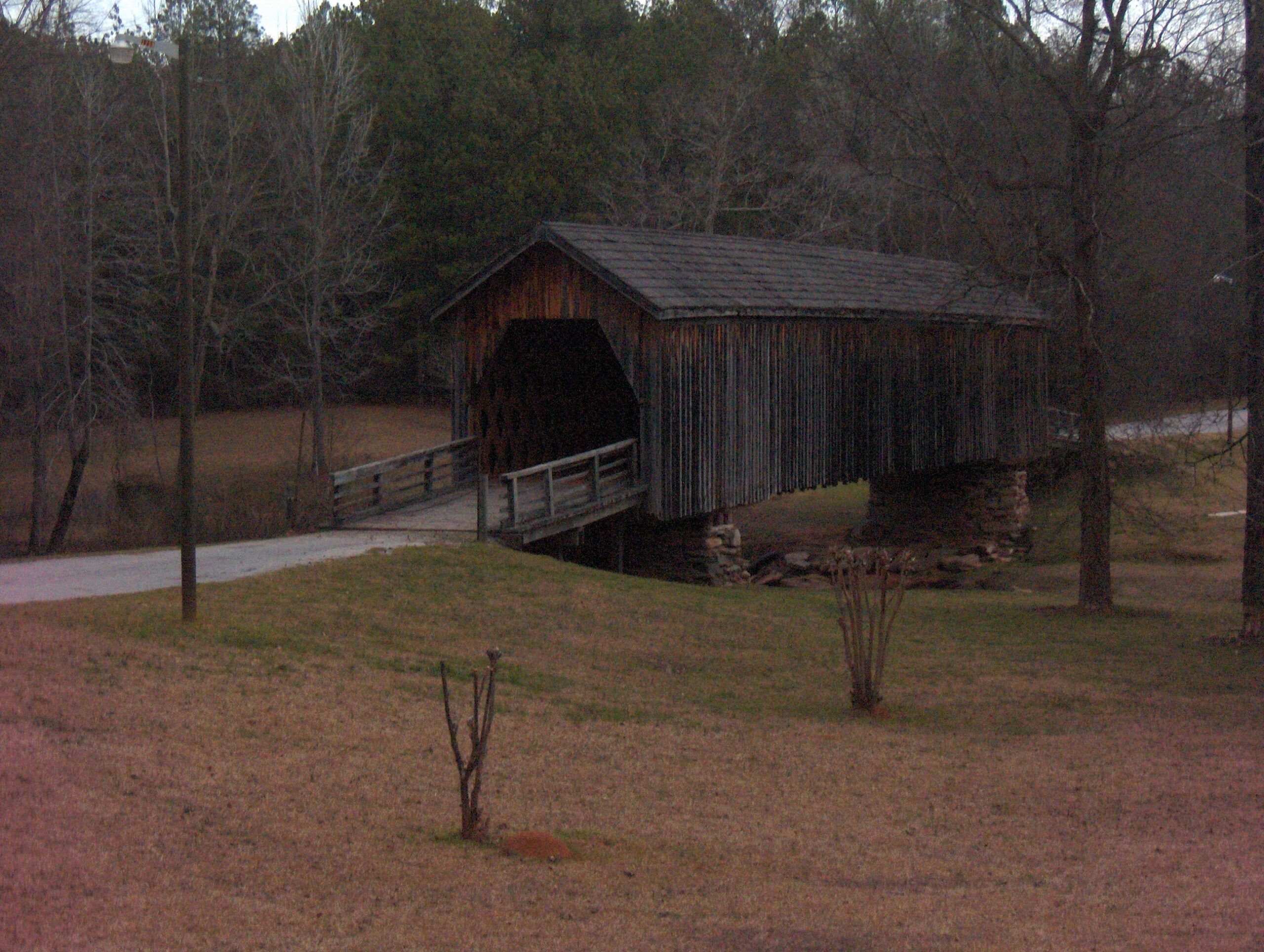Our next stop was Plains, which is the home of former President Jimmy Carter. There are a number of places that make up the Jimmy Carter National Historic Site, so our first stop was Museum & Visitors Center housed in the former Plains High School where Jimmy and Rosalynn both went to school just before and during World War II. It offered a great orientation film tracing Carter’s life in and out of Plains, government service, and public service after the White House. The school was set up as a museum and the striking thing to me was how long Jimmy and Rosalynn have been in each other’s lives. Remarkable. I also learned that the Carters live in Plains about 95% of the time at this point, and can often be seen riding around the town on the bicycles. If I had come to the Park Service site two days before for Presidents Day, I would have met them as they hosted a program on Teddy Roosevelt. Of course. I started to hatch a plan to use Tamu as bait if I saw them around town.
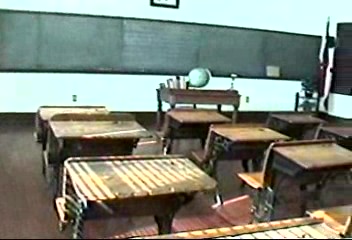
I stopped at the Carter family farm next, where he grew up and which uses recordings of his voice to guide you through the various sites on the farm. His mother was a nurse and was often gone when the kids came home from school. I am old enough to remember his election in 1976, and the impression that was common at the time of a simple, poor peanut farmer. But their farm was fairly extensive, and seemed to indicate that they had some level of prosperity during the Depression. They had a store on the property in addition to their own gas pump, and the house was built in the 1930s by the family who lived there prior to the Carters. After his time in the Navy, Jimmy came back to Plains because his father had died and they needed him to manage the business. Jimmy and Rosalynn had very little when they started out, but eventually built their current home in 1960s and have lived in it since, aside from his time in the Georgia Governor’s mansion and the White House.
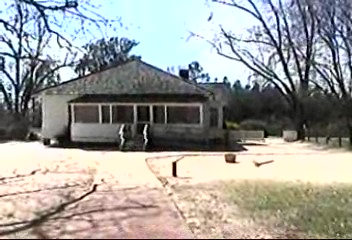
Tamu and I headed into downtown Plains, which has one main street with shops, a charming place with a green space for Tamu to pull me around in what we called a walk. It felt like a slice of Americana. I saw Billy Carter’s service station, and there were schedules posted indicating when Jimmy would be teaching at Sunday School next. It was Ash Wednesday that day, but my plan for meeting the Carters required me to linger in the town with Tamu, so I bought some peanut butter ice cream and sat eating it. The Carters did not come cycling that day, unfortunately, so I finally picked up some peanut brittle and headed past their house before leaving Plains. Their ranch house was fairly close to the street, but the Secret Service presence was obvious, as its building was almost as large as the Carter home.
From Plains we headed to Americus to check out the Visitors Center at Habitat for Humanity. But the day had become hot and the tour was an hour and a half with no shade in the parking lot for Tamu. So we kept moving.
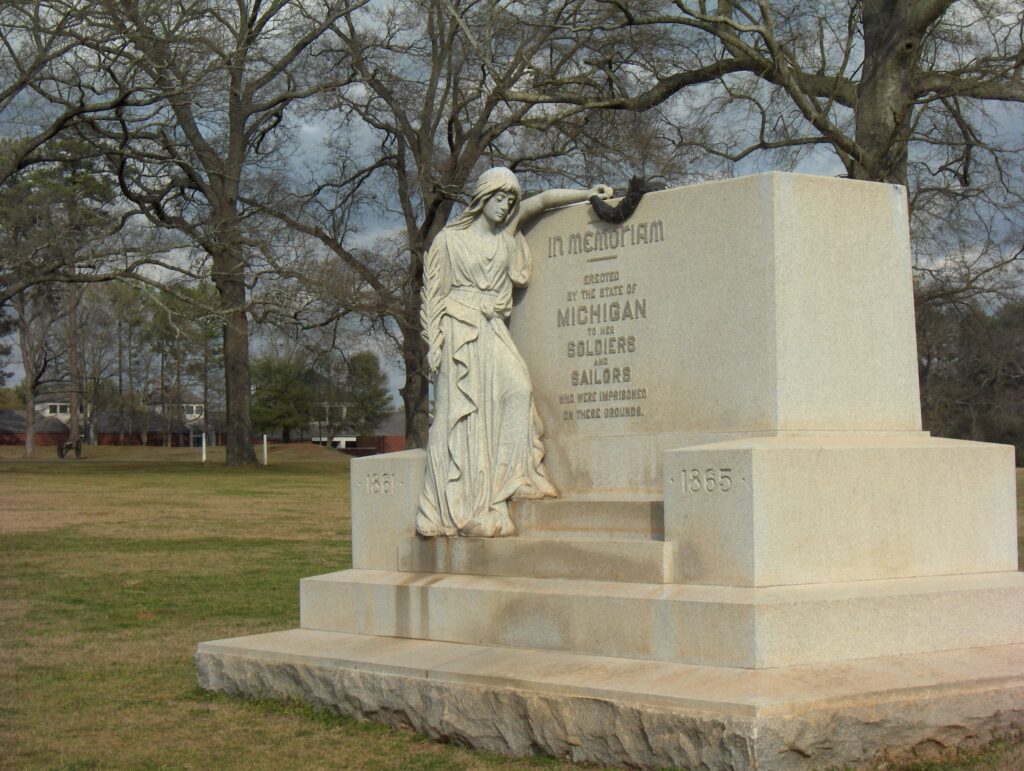
Our next stop was Andersonville Natonal Historic Site, which was a massive Prisoner of War camp for Union soldiers during the Civil War. Conditions were so bad that, in the 14 months it existed, 13,000 of the 45,000 soldiers housed there died. One big problem was that the water supply was kept below the leaking sewage system, so dysentery was common. Tamu and I walked and drove the site, stopping at markers to hear different bits of the story. Andersonville was opened after prisons further north in Virginia crowded up and that state could not afford to feed the POWs. Georgia used enslaved labor to clear land in Andersonville and set up the prison. The Union had no incentive to exchange prisoners at this point in the Civil War, so their soldiers languished in western Georgia. The site now has huge monuments from the various Union states whose people were imprisoned at Andersonville. Tamu pulled me around the various markers, oblivious to the sadness and misery of the place.
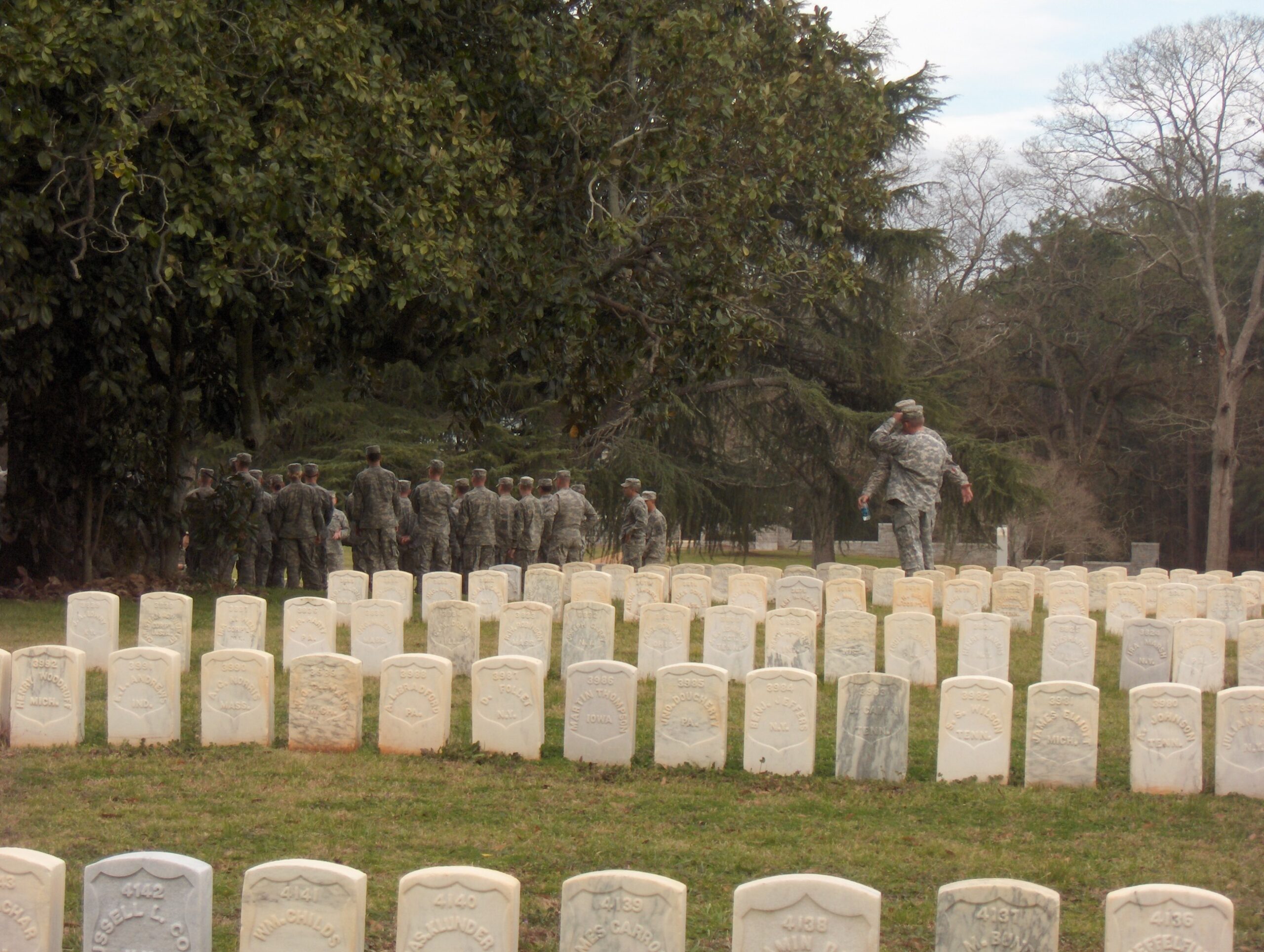
There was an Visitors Center, which offered a film about the prison. It was very moving, made more so because there was a contingent of US military there as part of their training. I could not help but imagine some of them being held in enemy hands. It was haunting. I learned that Sherman missed Andersonville too because it was not on his path to the sea, so the site had very few defenses. I also learned that the stench from the human sewage could be smelled ten miles away, and medical care was in short supply. The site had a solo stockade where six men were hanged by prisoners who enforced security and discipline. It was a very sobering place to end our first day of Lent.
So we made one more stop, to see a covered bridge outside Thomaston.
